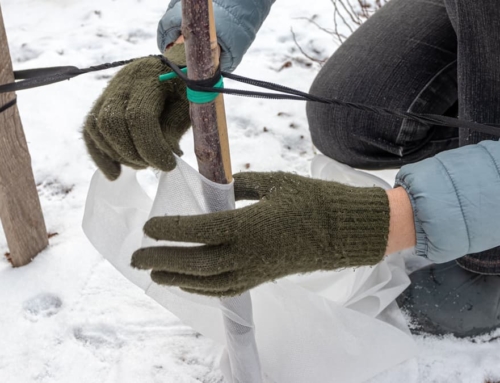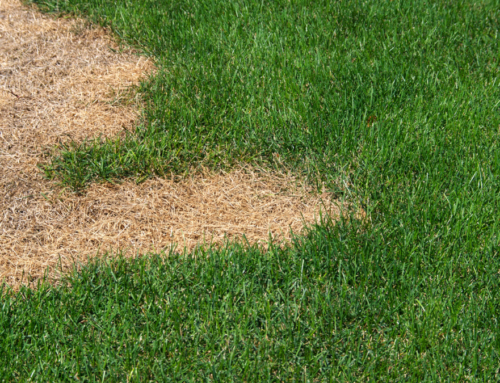GARDEN PESTS AND HOW TO STOP THEM

Are you planning to start your own garden in Northern Colorado? With its sunny and dry climate, there’s a wide variety of plants, vegetables and fruits that you can grow. However, the region is also home to many garden pests that can wreak havoc on your plants. Here’s how you can identify and control some of Northern Colorado’s most common garden pests.
APHIDS
Colorado hosts more than 350 species of this tiny, notorious insect. Many of these species are hardly noticeable, but some leave a trail of destruction when they come through town. Too many aphids can cause leaf curling or leave sticky honeydew on the infested plant. The honeydew, in turn, attracts ants, flies and bees, and can grow sooty mold. Aphids’ feeding habits will cause leaf curling in pine, crabapple and dogwood trees along with asters, tulips, roses and many other flowering plants.
There is good news: These intruders can be chased off with a garden hose. A jet of water will kill aphids or knock them to the ground, making it harder for them to find their way back. In the winter, cut back old growth on perennials such as columbines and lupines to remove the eggs the aphids laid on those stems in the fall.
Here are a few Northern Colorado plants that aphids love to nibble on: milkweed, columbines, roses and walnut trees. Keeping an eye on these plants and implementing timely countermeasures can help manage and mitigate the impact of aphid infestations on your garden.
Narcissus Bulb Fly
These garden bugs will emerge in late May, laying eggs on narcissus, daffodils and hyacinth. Their looks mimic bees, but their larvae destroy flower bulbs as they grow. To effectively control and manage this menace, consider introducing targeted parasitic wasps in late May.
Spider Mites
These tiny creatures live in large groups, spinning webbing together for shelter. They can attack your lawn, azaleas, spruce, conifers, grapes, phlox and strawberries, leading to yellowing foliage and often leaving it covered in webbing. Spider mites can be controlled with predatory insects such as ladybugs or lacewings. These natural predators feed on the spider mites, helping to keep their populations in check.
Leafminers
This variety of garden bug doesn’t cause much damage, but they leave ugly trails and splotches on ornamental plants. Symptoms of leafminers may resemble those of leaf-spotting fungi; however, the insects create hollow tunnels, whereas fungi do not leave any open spaces inside the leaf. Leafminers attack columbine, hollies, nasturtiums, spinach and beets. To avoid leafminers, consider rotating plants each year and wait to plant beets after lilacs bloom, when the leafminer species affecting beets is no longer active.
Slugs
Slugs’ favorite foods are young seedlings, but they also eat annuals, perennials, fruits and vegetables. Their only dislikes are fragrant and fuzzy plants, such as lavender and lamb’s ears. These gastropods feed mostly at night, and they need moisture to thrive. To defend your garden, water in the morning so leaves and soil can dry before the creatures come out. Some gardeners will put out dishes of beer at closing time to attract and drown slugs, while others take matters into their own hands by squishing slugs whenever they appear. In Northern Colorado, you’re most likely to see slugs in spring and fall at dusk.
Insect pests will find their way to your garden oasis, but they don’t have to take everything. Knowing friend from foe can help you spot and control those bothersome bugs.
Whether it’s for spring garden maintenance or you’re in the beginning, dreaming stages of building the perfect spring garden, we can help.






